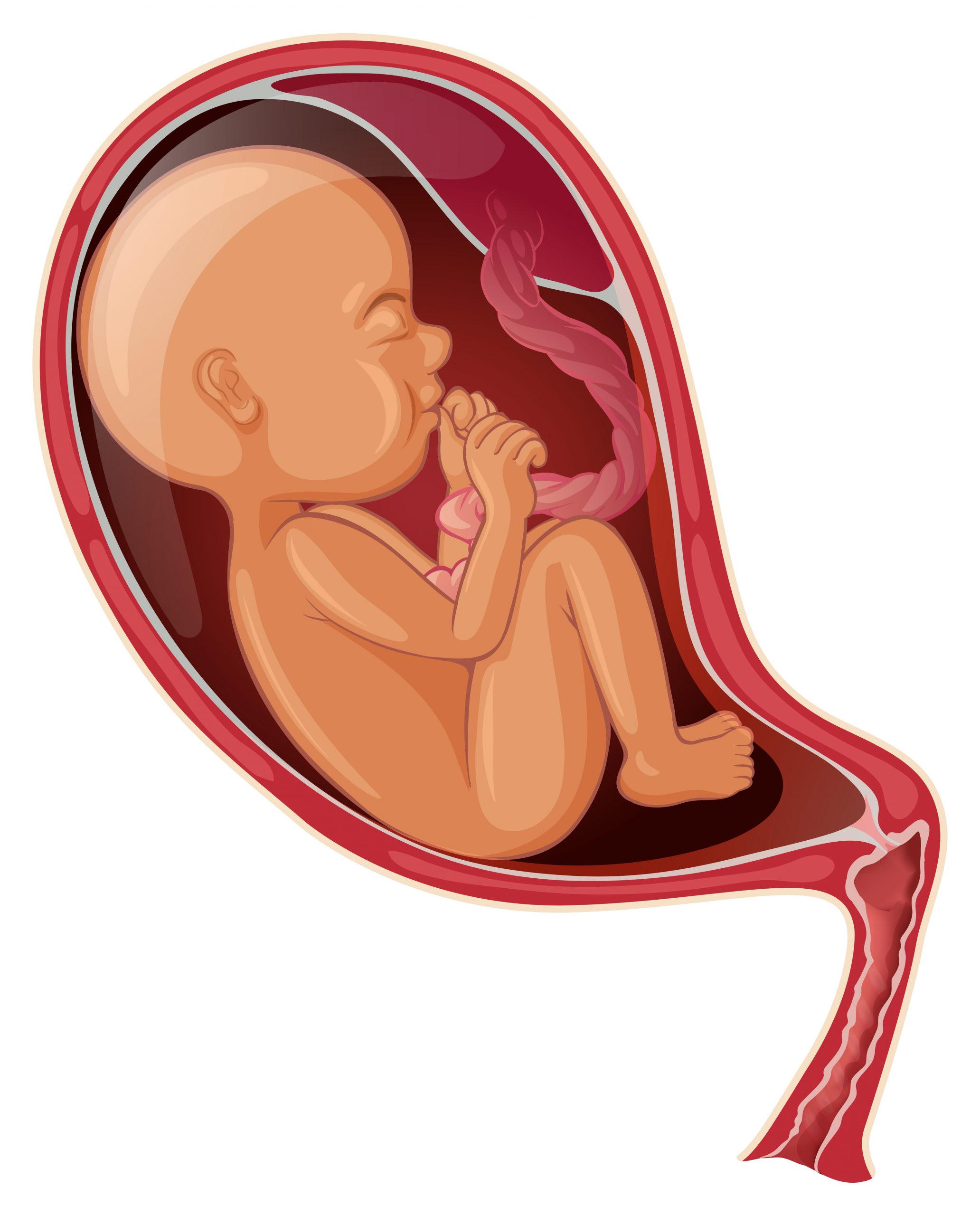

Until far, scientific information on the potential of SARS-CoV-2, the virus that causes COVID, to reproduce in the human placenta has been ambiguous. Understanding the reaction of the placenta to different viral infections during pregnancy, as well as answering this issue, is critical for developing effective preventive and treatment measures for both the mother and the infant.
Researchers at Baylor College of Medicine and Texas Children’s Hospital have used an innovative approach to shed light on the interplay of viruses and the human placenta. They created a high-resolution map that depicted a variety of distinct immunological microenvironments in healthy placentas from uninfected pregnancies and those from COVID-infected pregnancies.
Using this map, they revealed that in many confirmed maternal COVID infections, the virus was detected at various levels in the placenta. There was no evidence of viral replication in the placenta in other confirmed cases. They also discovered a variety of concurrent immune responses in placental niches, including anti-inflammatory niches where virus replication was clearly well controlled, as well as pro-inflammatory niches with concurrent viral persistence, including several instances with significant tissue damage to the placenta. Their entire analysis has been published in the journal Med.
“Previously, it has not been well appreciated that the human placenta comprises a relatively more diverse variety of cell types, including immune cells,” said first author Dr. Enrico Barrozo, a postdoctoral associate of obstetrics and gynecology in Dr. Kjersti M. Aagaard’s lab. “The main goal of our study was to investigate how these immune cells organize themselves in microniches of the placenta, an important first step to understanding the interactions occurring between a virus and the cells of the placenta.”
Their approach of using cutting-edge technologies such as’spatial transcriptomics’ allows them and other pregnancy researchers to begin to understand why the placenta’s immune cells sometimes (but not always) succeed in controlling viral growth while the virus gains the upper hand on rare occasions. They started by constructing a thorough database of the cell types in the placenta (called a spatial transcriptomic map), which depicts the sites of active gene expression in the niches in the microarchitecture of the placenta.
Aagaard’s team created a high-resolution placental map by combining single-cell, single-nucleus, and spatial transcriptomics in coordinated analyses that revealed changing immunological microenvironments in healthy placentas.
With the map in hand, the researchers examined the placentas of COVID-positive moms and discovered evidence for three probable outcomes of the infection. First, they detected situations where the COVID virus was not present in the placenta, implying that it was removed before entering it. Second, in some situations, the virus was present in the placenta at low levels, which was associated with less viral multiplication, an anti-inflammatory response, and restricted proinflammatory effects. Third, the virus expanded significantly within niches in few cases, exhibiting characteristics of a strong pro-inflammatory immune response and tissue damage.
“Based on this exciting work spearheaded by Barrozo, we propose that, in most cases, the placenta likely responds to COVID and other viruses by limiting replication in these small niches of immune microenvironments. By limiting the immune responses to such a micro-local level, these placental microenvironments can sequester inflammatory signaling and limit collateral damage to adjacent and uninfected placental cells,” said Aagaard, the Henry and Emma Meyer Chair in Obstetrics and Gynecology, and professor of molecular and human genetics, molecular and cell biology and molecular physiology and biophysics at Baylor. “Thankfully, we know that the most common outcome of any viral infection during pregnancy, including COVID, is a healthy mom and an uninfected baby. It would appear that, most of the time, that placental microarchitectural balance between pro-inflammation and anti-inflammation is evenly keeled. However, previous work from our team has shown that severe cases and death can occur with COVID and other maternal infections, and should not be underestimated or trivialized.”
“We want to understand the role of these microarchitectural niches in arming the placenta for protection of that pregnancy, as well as equipping the baby with an active immune system and ability to survive in the COVID world it is about to be born into,” Barrozo said. Aagaard added, “We like to think of it as a ‘womb with a view,’ or a way for the mom to equip her developing baby to be born into the world with an immune system tailored to fight viruses it is likely to be exposed to after birth.”
more recommended stories
 Can Ketogenic Diets Help PCOS? Meta-Analysis Insights
Can Ketogenic Diets Help PCOS? Meta-Analysis InsightsKey Takeaways (Quick Summary) A Clinical.
 Silica Nanomatrix Boosts Dendritic Cell Cancer Therapy
Silica Nanomatrix Boosts Dendritic Cell Cancer TherapyKey Points Summary Researchers developed a.
 Vagus Nerve and Cardiac Aging: New Heart Study
Vagus Nerve and Cardiac Aging: New Heart StudyKey Takeaways for Healthcare Professionals Preserving.
 Cognitive Distraction From Conversation While Driving
Cognitive Distraction From Conversation While DrivingKey Takeaways (Quick Summary) Talking, not.
 Fat-Regulating Enzyme Offers New Target for Obesity
Fat-Regulating Enzyme Offers New Target for ObesityKey Highlights (Quick Summary) Researchers identified.
 Spatial Computing Explains How Brain Organizes Cognition
Spatial Computing Explains How Brain Organizes CognitionKey Takeaways (Quick Summary) MIT researchers.
 Gestational Diabetes Risk Identified by Blood Metabolites
Gestational Diabetes Risk Identified by Blood MetabolitesKey Takeaways (Quick Summary for Clinicians).
 Phage Therapy Study Reveals RNA-Based Infection Control
Phage Therapy Study Reveals RNA-Based Infection ControlKey Takeaways (Quick Summary) Researchers uncovered.
 Pelvic Floor Disorders: Treatable Yet Often Ignored
Pelvic Floor Disorders: Treatable Yet Often IgnoredKey Takeaways (Quick Summary) Pelvic floor.
 Urine-Based microRNA Aging Clock Predicts Biological Age
Urine-Based microRNA Aging Clock Predicts Biological AgeKey Takeaways (Quick Summary) Researchers developed.

Leave a Comment